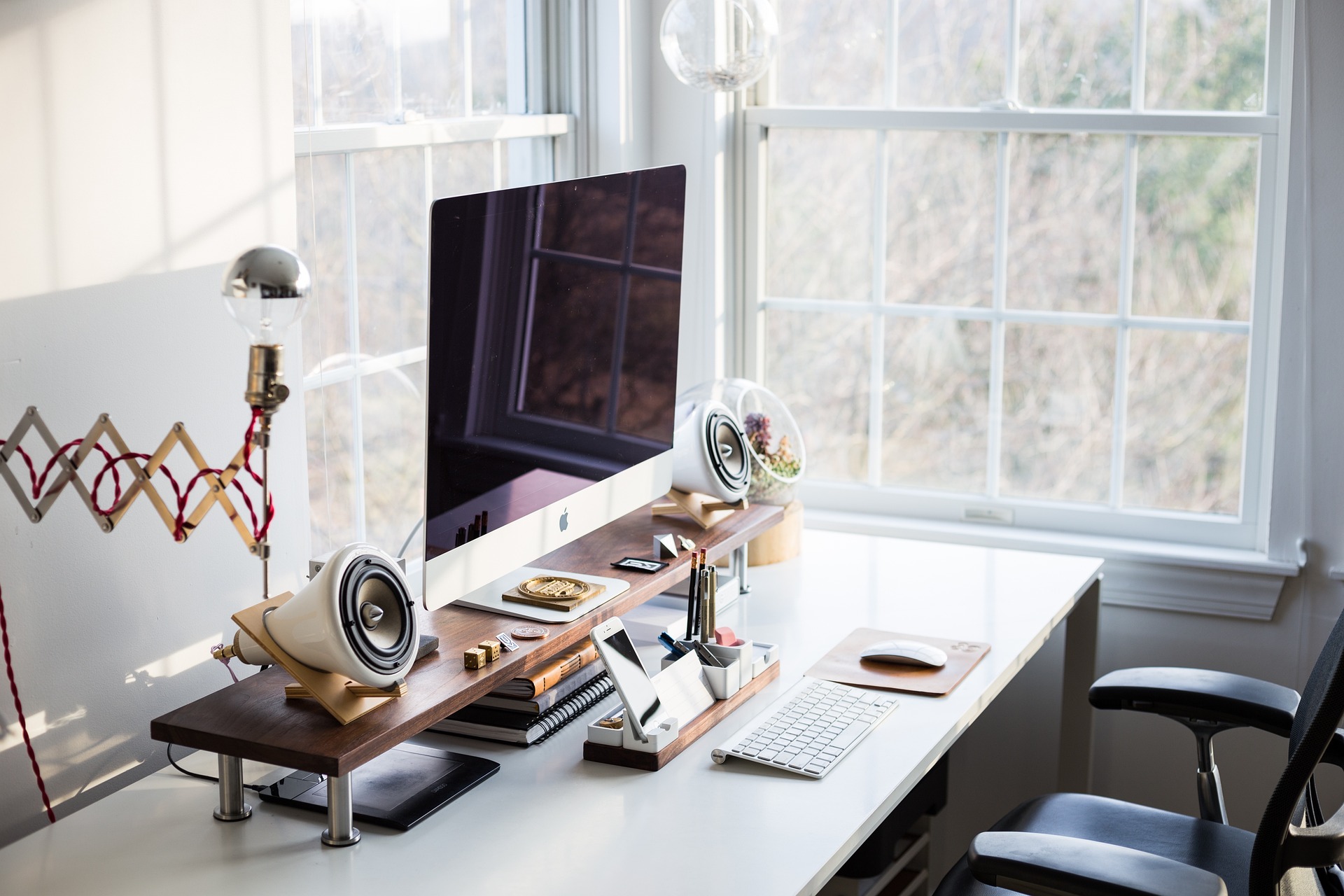The Art of Lighting in Home Office Design
Creating the perfect home office environment involves careful consideration of numerous elements, with lighting playing a crucial role in both functionality and aesthetics. Proper illumination not only enhances productivity and reduces eye strain but also contributes significantly to the overall ambiance of the workspace. As remote work continues to surge in popularity, homeowners are increasingly recognizing the importance of thoughtful lighting design in their home offices. This shift has led to a renaissance in lighting solutions, with manufacturers and designers offering an array of innovative options to suit various needs and preferences. From smart bulbs that adjust color temperature throughout the day to sculptural fixtures that double as art pieces, the world of home office lighting has never been more diverse or exciting.
The Evolution of Home Office Lighting
Historically, home office lighting was often an afterthought, with many relying solely on overhead fixtures or basic desk lamps. However, as the boundaries between home and work life have blurred, there has been a growing emphasis on creating more intentional and personalized workspaces. This shift has led to a reevaluation of lighting strategies, with a focus on mimicking natural light patterns and incorporating layered lighting solutions. The advent of LED technology has been particularly transformative, offering energy-efficient options with customizable color temperatures and intensities.
The Three-Point Lighting System
Professional lighting designers often recommend implementing a three-point lighting system in home offices. This approach combines ambient, task, and accent lighting to create a well-balanced and visually appealing environment. Ambient lighting, typically provided by ceiling fixtures or floor lamps, offers overall illumination. Task lighting, such as desk lamps or under-cabinet lights, focuses on specific work areas. Accent lighting, which can include wall sconces or picture lights, adds depth and visual interest to the space.
The Impact of Color Temperature
Color temperature, measured in Kelvin (K), plays a significant role in how light affects our mood and productivity. Cooler temperatures (5000K-6500K) mimic daylight and can enhance alertness and focus, making them ideal for tasks requiring concentration. Warmer temperatures (2700K-3000K) create a cozier atmosphere and are better suited for relaxation or creative work. Many modern lighting solutions offer adjustable color temperatures, allowing users to customize their environment throughout the day to match their circadian rhythms and work requirements.
Biophilic Lighting Design
The concept of biophilic design, which seeks to connect occupants more closely to nature, has gained traction in home office lighting. This approach incorporates natural light wherever possible and uses artificial lighting to mimic natural patterns. Skylights, large windows, and light tubes can dramatically increase natural light exposure. When natural light is limited, circadian lighting systems can be employed to simulate the changing intensity and color temperature of sunlight throughout the day, potentially improving mood, productivity, and sleep patterns.
Smart Lighting Solutions
The rise of smart home technology has revolutionized home office lighting. Wi-Fi-enabled bulbs and fixtures can be controlled via smartphone apps or voice assistants, allowing users to adjust brightness, color, and schedules with ease. Some systems can even learn users’ preferences and automatically adjust lighting throughout the day. Additionally, smart lighting can be integrated with other home automation systems, such as thermostats and security cameras, for a seamless and efficient home office experience.
Aesthetic Considerations in Lighting Design
While functionality is paramount, the aesthetic appeal of lighting fixtures should not be overlooked. The design of lamps, pendants, and sconces can significantly contribute to the overall style and atmosphere of a home office. From minimalist LED strips to ornate chandeliers, lighting fixtures can serve as statement pieces that reflect personal taste and complement the room’s decor. The current trend towards mixing materials and styles allows for creative combinations, such as pairing industrial-inspired task lamps with more traditional ambient lighting.
Ergonomic Lighting Placement
The positioning of light sources is crucial for creating a comfortable and ergonomic workspace. Improper lighting placement can lead to glare on computer screens, harsh shadows, or insufficient illumination of work surfaces. Experts recommend placing the primary light source to the side of the workstation, rather than directly overhead or behind the user. Adjustable task lighting allows for fine-tuning as needs change throughout the day or for different activities.
Sustainable Lighting Options
As environmental concerns become increasingly pressing, many homeowners are seeking sustainable lighting solutions for their home offices. LED technology has made significant strides in energy efficiency, with some bulbs lasting up to 25,000 hours or more. Solar-powered options are also gaining popularity, especially for those with access to ample natural light. Additionally, lighting fixtures made from recycled or sustainable materials offer eco-friendly alternatives without sacrificing style or functionality.
The Future of Home Office Lighting
As technology continues to advance, the future of home office lighting looks bright. Innovations such as Li-Fi, which uses light waves to transmit data, could revolutionize how we work from home. Human-centric lighting systems that adapt to individual needs and preferences are becoming more sophisticated. Additionally, the integration of augmented reality and holographic displays may blur the lines between physical and virtual lighting environments, opening up new possibilities for customization and functionality in home office spaces.
In conclusion, the art of lighting in home office design has evolved from a simple practicality to a complex interplay of technology, aesthetics, and well-being. By carefully considering factors such as color temperature, layering, and smart integration, homeowners can create illuminating environments that not only enhance productivity but also contribute to overall comfort and satisfaction in their work-from-home experiences. As the home office continues to be a central part of many people’s lives, the importance of thoughtful lighting design will only continue to grow, shaping the future of how we work and live in our personal spaces.






